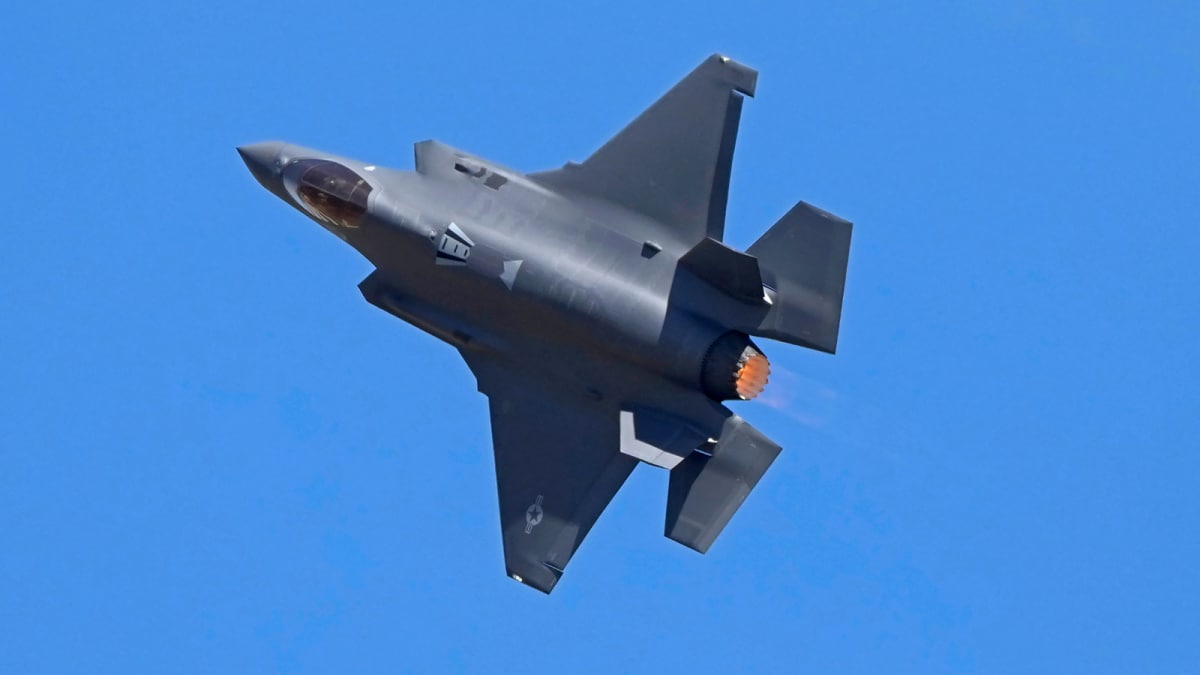ARTICLE AD BOX

Apple’s ambitions to make India a major export hub for iPhones may face a serious blow following US President Donald Trump’s decision to impose a 25% tariff on all Indian goods starting August 1, along with an unspecified penalty.
The move, announced o Wednesday, amid growing restrictions from China on the supply of crucial electronic components, is expected to hit both production and export plans from India, especially in the electronics sector.As per news agency PTI, experts say this dual challenge, China’s clampdown on parts and the US’s new tariff regime, could slow down electronics manufacturing and hurt India’s goal of becoming a global export centre.“Today’s sudden announcement of 25 per cent tariffs on exports from India to the US will certainly hit Apple’s plan of making India a large export hub for iPhone exports to the US,” said Navkendar Singh, associate VP for devices research at IDC India, South Asia & ANZ, as quoted by PTI.Singh explained that around 25% of iPhone shipments, about 60 million annually, go to the US. To meet this demand from India, Apple would have needed significant expansion in local manufacturing, which could now be delayed due to the tariffs.
According to sources cited by PTI, Apple had planned to increase iPhone output in India from 35–40 million units last year to 60 million this year. Apple CEO Tim Cook had even announced that all iPhones sold in the US during April to June would be shipped from India. These units are assembled at Foxconn’s factory in Tamil Nadu.However, CyberMedia Research VP Prabhu Ram noted that near-term challenges like increased costs on India-assembled iPhones could affect demand and push Apple to rework its supply chain.
“India will remain a critical lynchpin in Apple’s global strategy,” he added, but cautioned that the country must reduce its upstream dependencies to ensure supply chain resilience.Industry groups remain unclear whether Trump’s new 25% duty will be on top of the existing 10% baseline tariff. Trump had earlier imposed the 10% tariff on most Indian goods in April.Elcina secretary general Rajoo Goel believes a 15% increase over the existing duty is likely.
“A 15 per cent increase in import duty will definitely impact our electronics exports, especially mobiles, telecom, auto and consumer equipment,” he said. Goel also warned that China’s actions on critical inputs will raise production costs and shrink export demand, slowing down growth.Ashok Chandak, president of IESA and SEMI India, warned that India could lose competitiveness to other Asian nations if the 25% tariff is enforced.
He stressed the need to diversify exports, build domestic markets, and move up the value chain.“India doesn’t make semiconductors, so the short-term impact is minimal. But we need to move out of China’s shadow to be truly competitive,” Chandak said.The Indian government, in a statement, said it is studying the implications of Trump’s move and remains hopeful of finalising a fair and balanced bilateral trade deal.
It assured that all necessary steps would be taken to protect India’s national interests.Talks for the India-US bilateral trade agreement have been ongoing since March, with both sides aiming to double trade to $500 billion by 2030. Five rounds of discussions have been completed, and a sixth is scheduled for August 25. A partial agreement may be reached by September or October.



.png)
.png)
.png)
















 19 hours ago
7
19 hours ago
7








 English (US) ·
English (US) ·